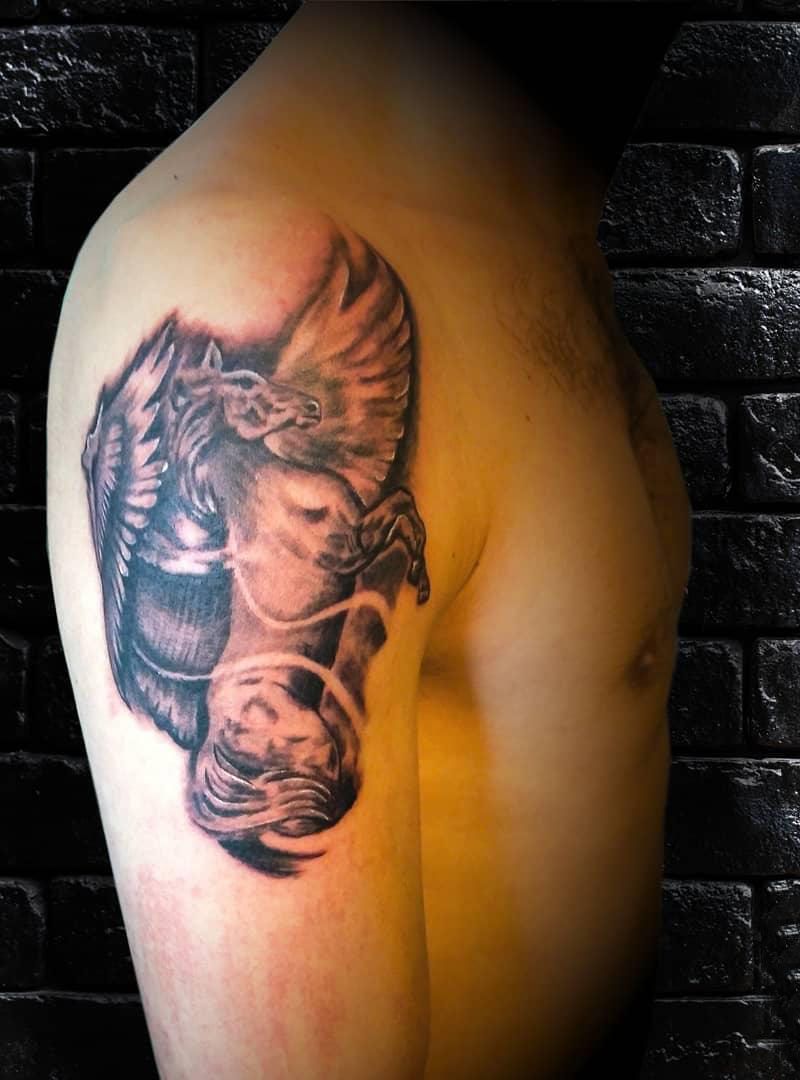Pegasus is one of the northern constellations, located southwest of Andromeda and north of Aquarius. Its main feature is a large square. The brightest star in the northeast corner of the square belongs to Andromeda. The position of this square in the sky is very important, because each side of it represents a direction. When you see this square, you can determine the four directions of southeast, northwest and northwest. The east side of the square is roughly on the connecting line between the vernal equinox and the north celestial pole. Extending from this side to the south for the same length, it is the vernal equinox; Extending about four times northward, that's Polaris. The west side of the square extends about 3 times southward to the bright star of Pisces australis; Extending about four times northward, you will also find Polaris.
In ancient Greek mythology, when the hero Perseus cut off the head of the devil Medusa, a winged white horse named Pegasus jumped out of the pool of blood flowing from the devil's head. Perseus got on the horse and rescued Andromeda. Later, the Pegasus was mentioned to the sky by Zeus and became Pegasus. So now Perseus, Andromeda and Pegasus are always connected. Don't confuse Pegasus with Centaurus, Sagittarius and Sagittarius. Pegasus' big quadrilateral is the most dazzling star in the northern sky of autumn sky. The whole sky is far away from the silver disk of the galaxy. So it is full of galaxies with different light and shade. Here is a Messier object, namely globular cluster M15.

Source: @berkerbereket_tattooer